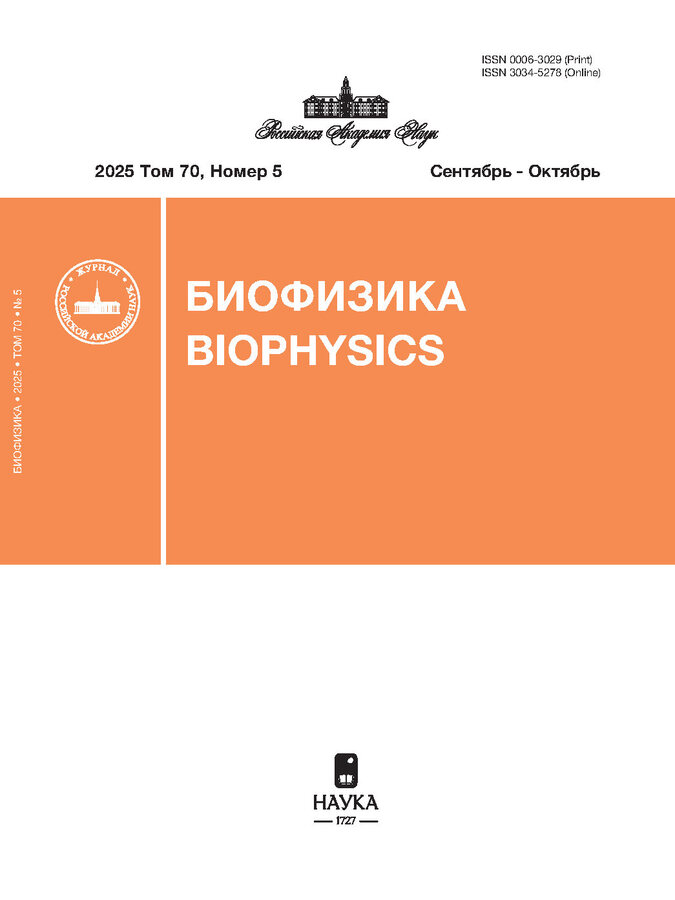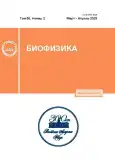Об использовании уравнений Колмогорова для определения характеристик потенциал-зависимых ионных каналов
- Авторы: Кручинина А.П1, Куликовская Н.В1
-
Учреждения:
- Московский государственный университет имени М.В. Ломоносова
- Выпуск: Том 68, № 2 (2023)
- Страницы: 305-319
- Раздел: Статьи
- URL: https://journals.rcsi.science/0006-3029/article/view/144429
- DOI: https://doi.org/10.31857/S0006302923020114
- EDN: https://elibrary.ru/CAYUJM
- ID: 144429
Цитировать
Полный текст
Аннотация
Об авторах
А. П Кручинина
Московский государственный университет имени М.В. Ломоносова
Email: anna.kruchinina@math.msu.ru
Москва, Россия
Н. В Куликовская
Московский государственный университет имени М.В. Ломоносова
Email: nvkpostb@mail.ru
Москва, Россия
Список литературы
- A. L. Hodgkin and A.F. Huxley, J. Physiol., 17, 500 (1952).
- J. L. Carvalho-de-Souza, A. Saponaro, C. Bassetto Jr, et al., Adv. Physics, 10 (7), 1 (2022).
- B. Hille, Ionic channels of excitable membranes, 3rd ed. (Sunderland, MA, 2021).
- Н. Р. Дрейпер и Г. Смит, Прикладной регрессионный анализ (Диалектика, М., 2007).
- А. Б. Рубин, Биофизика (Изд-во МГУ, М., 2004).
- Е. С. Вентцель и Л. А. Овчаров, Теория случайных процессов и ее инженерные приложения (Наука, М., 1991).
- L. Catacuzzeno, B. Fioretti, and F. Franciolini, J. Neurophysiol., 90, 3688 (2003).
- S. Lee, A. Banerjee, and R. MacKinnon, PLoS Biol., 7 (7), 1 (2009).
Дополнительные файлы










